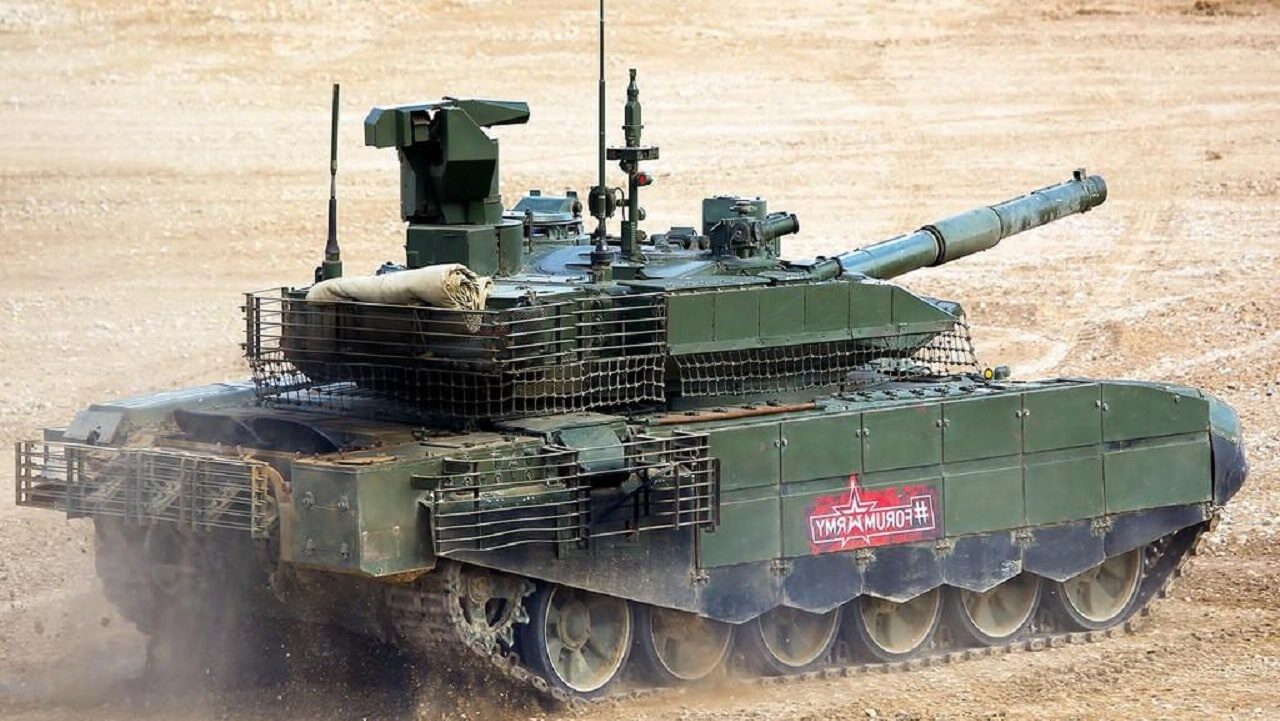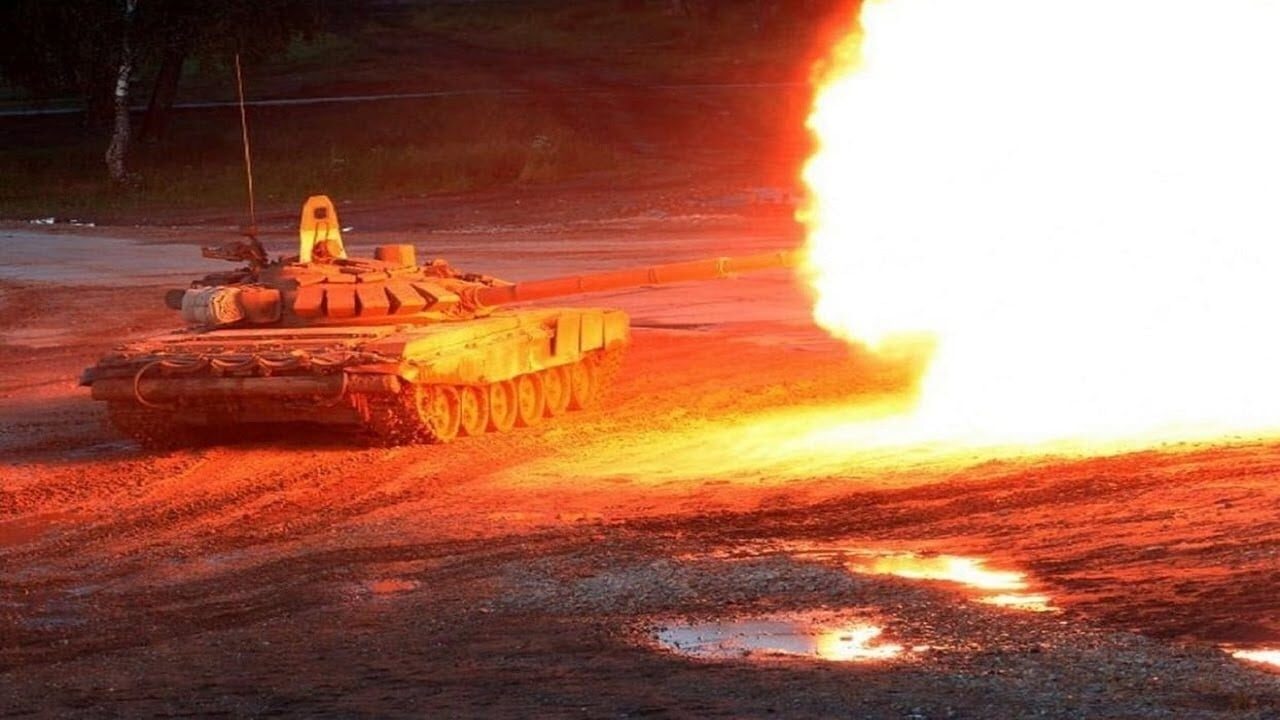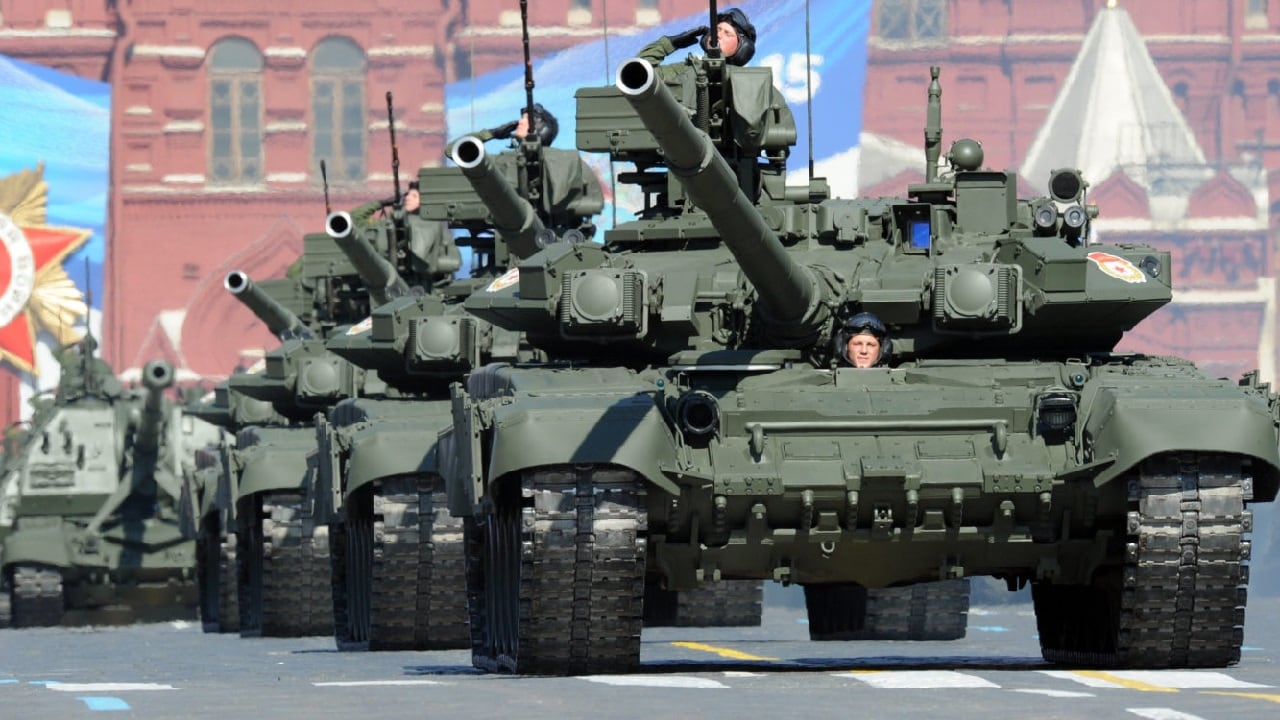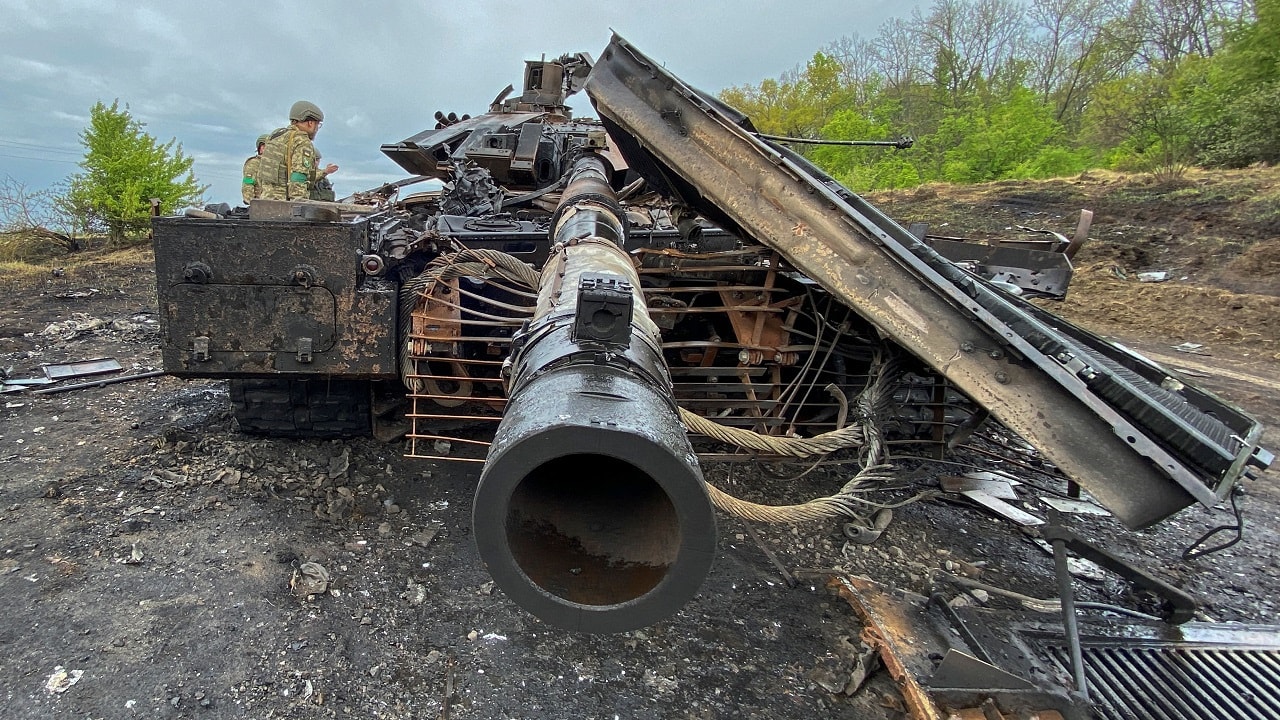Summary and Key Points: Ukraine’s August 2024 offensive into Russia’s Kursk region initially seemed a strategic triumph, catching Moscow off-guard and highlighting Russian military incompetence.
-Utilizing advanced Western weaponry, Ukraine briefly captured Russian territory, embarrassing Putin’s forces.

T-90M. Image Credit: Russian State Media.
-However, Ukraine lacked sufficient troops to sustain momentum or exploit strategic gains, becoming bogged down awaiting Russia’s inevitable counterattack.
-Ultimately, Moscow recaptured Kursk territory through costly mass assaults, employing thousands of expendable North Korean troops and devastating glide bombs.
Ukraine’s Kursk Offensive: Brilliant Tactics or Costly Mistake?
The offensive demonstrated Ukraine’s military capabilities but raised strategic questions about the operation’s overall value, leaving uncertain if the temporary occupation meaningfully impacted negotiations or war outcomes.
Was The Kursk Salient a Mistake?: Critics of Ukraine’s August 2024 invasion of Russia’s Kursk region will say that it was nothing short of strategic blunder. The American Conservative has denounced the operation as a “miserable failure.”
At the beginning, Kursk seemed to be a brilliant surprise attack that caught Moscow completely off-guard. Ukrainian troops embarrassed the Russian Army by carrying out a combined-arms, blitzkrieg-style incursion.
This was not the first embarrassment suffered by the Russians, but it was significant.
For decades, during the Cold War and even in the post-Soviet era, Moscow remained always keen to remind Western military leaders that Russian military theorists had practically written the book on joint Air-Land Battle operations. Any force that tried to stand up against the Russian Army would find itself steamrolled into the ground.
But for all their bluster, and after more than three years into the war against Ukraine, the Russian side has yet to show any sign of that brilliant, coordinated proficiency on the battlefield. To the contrary, the hallmark of Russia’s actions in this war has been unsophisticated mass attacks that result in so many casualties that military commentators have dubbed them “meat assaults.”
By sending a mechanized offensive into Kursk, Ukraine beat the Russians at what used to be their game.
Not Seen Since the War
Also bringing shame to Russia was that the Ukrainian thrust involved what has been estimated to be 10,000-12,000 troops, backed by some of Kyiv’s most advanced Western weapon systems, such as the M2 Bradley Infantry Assault Vehicle. It was the first time a foreign army invaded Russian territory since World War II, when Adolf Hitler’s Wehrmacht mowed down one Soviet Army unit after another as it marched toward Stalingrad.
The Russian troops that faced the Ukrainian units were poorly trained, largely younger conscripts—none were professional, contract soldiers. They were inexperienced, disorganized, and demoralized. Their commanding officers were not much better either.
The Ukrainian units were operating on high morale and were using the salient as proof that they would not always be on the defensive; they could take the initiative at any point and time of their choosing. It also showed the proficiency that the Ukrainian units had achieved with the Bradley and other Western weapon systems.
Two days into the operation, Ukrainian President Volodymyr Zelensky stated that “Russia brought the war to our land and should feel what it has done.” At the height of the operation, Moscow lost control of some 500 square miles of its own territory.
True To Form
But Russia managed to turn back the tide by reverting its traditional, crude reliance on mass over finesse. True to form, tens of thousands of Russian and North Korean troops were thrown against Kyiv’s forces, repeating the pattern of using meat assaults in order to wear down the Ukrainian defenses and identify weak points in their lines.
Moscow also made use of its recently introduced large glide bombs. These weapons were used to significant effect in creating holes in the Ukrainian lines that Russian units could exploit in counterattacks.
The attacks launched to retake territory in Kursk that had been seized by Ukraine were costly. The Ukraine General Staff estimates that Russia and its North Korean allies suffered some 16,000 killed, and an indeterminate but significantly larger number wounded.
Was The Juice Worth the Squeeze
There is still a debate as to whether the operation was ill-advised or not. Seeing Ukrainian forces burst through border fortifications and into Russia proper was a shock to Moscow’s war planners. It proved how much more capable the Ukrainian military was than anyone in the Kremlin previously suspected.
It was also another example—like the April 2022 sinking of the Moskva guided-missile cruiser in the Black Sea—of Russian military ineptitude. Only by sending thousands of North Korean “volunteers” to be mowed down by Ukrainian automatic weapons was it possible for Moscow to push Ukrainian forces back.

Russian T-90 tank. Image Credit: Creative Commons.
But some, including the former Commander-in Chief of the Ukraine Armed Forces, Valeriy Zaluzhniy, have stated that there was a major flaw in the overall plan. Specifically, once the Russian units were eliminated and territory in Kursk was occupied, there was not much for Ukraine’s troops to do other than wait for a Russian counterattack.
Ukraine lacked the numbers of troops necessary to exploit and reinforce the beachhead into Russian territory. This left the options of either standing and fighting, or withdrawing back to their original positions.

Russia’s T-90 tanks. Image Credit: Creative Commons.
The original hope was that Ukraine would hang onto this territory long enough to force a trade of conquered lands with Russia in any peace negotiations. However, Ukrainian units have been more or less vacated from the region, leaving the entire operation as mostly a show of force that certainly taught Moscow a lesson. Beyond this, the impact of Ukraine temporarily occupying this piece of Russian territory may turn out to not count for much in the final resolution of the war itself.
About the Author: Reuben F. Johnson
Reuben F. Johnson is a survivor of the February 2022 Russian invasion of Ukraine and is now an Expert on Foreign Military Affairs with the Fundacja im. Kazimierza Pułaskiego in Warsaw. He has been a consultant to the Pentagon, several NATO governments and the Australian government in the fields of defense technology and weapon systems design. Over the past 30 years he has resided in and reported from Russia, Ukraine, Poland, Brazil, the People’s Republic of China and Australia.

